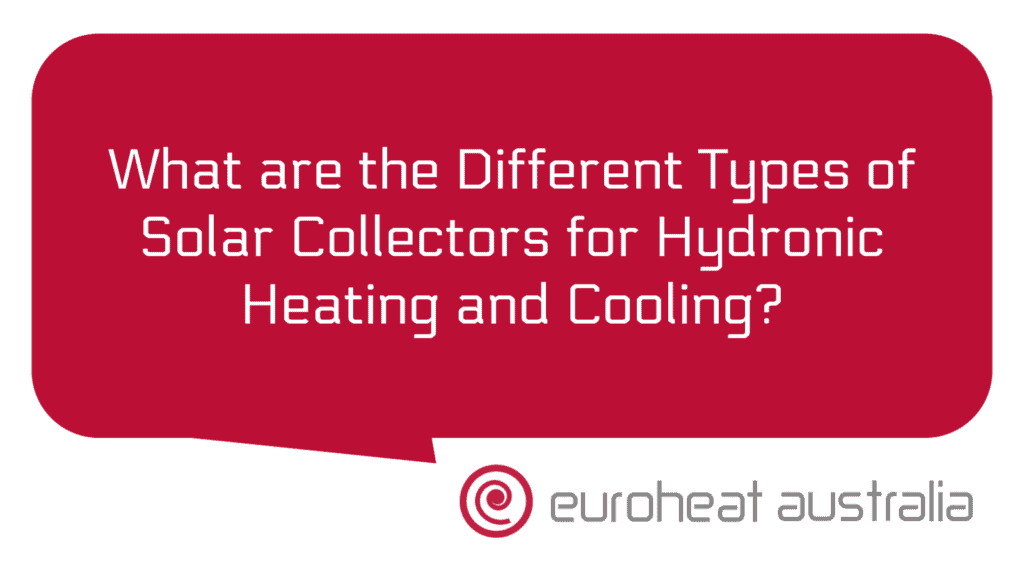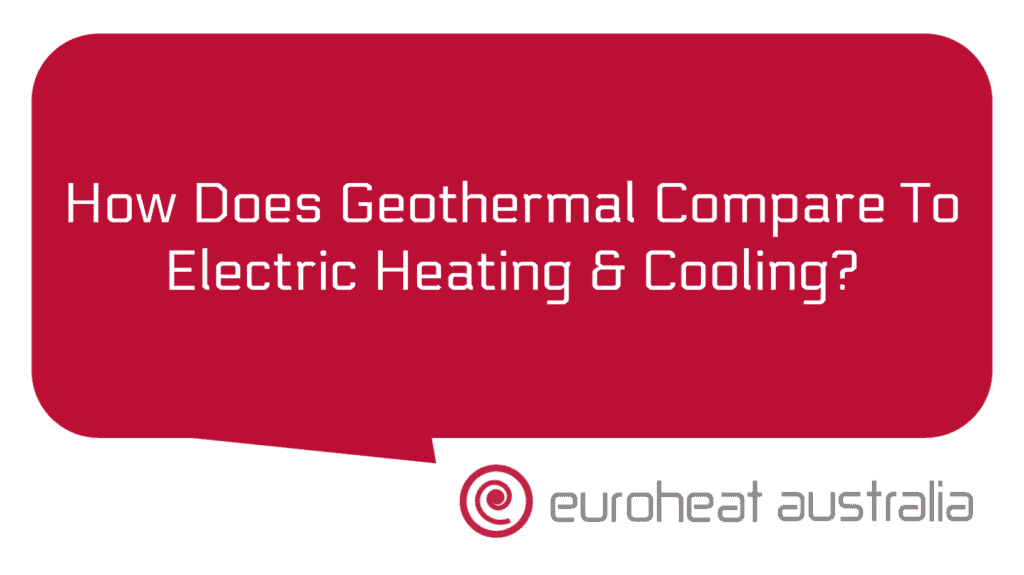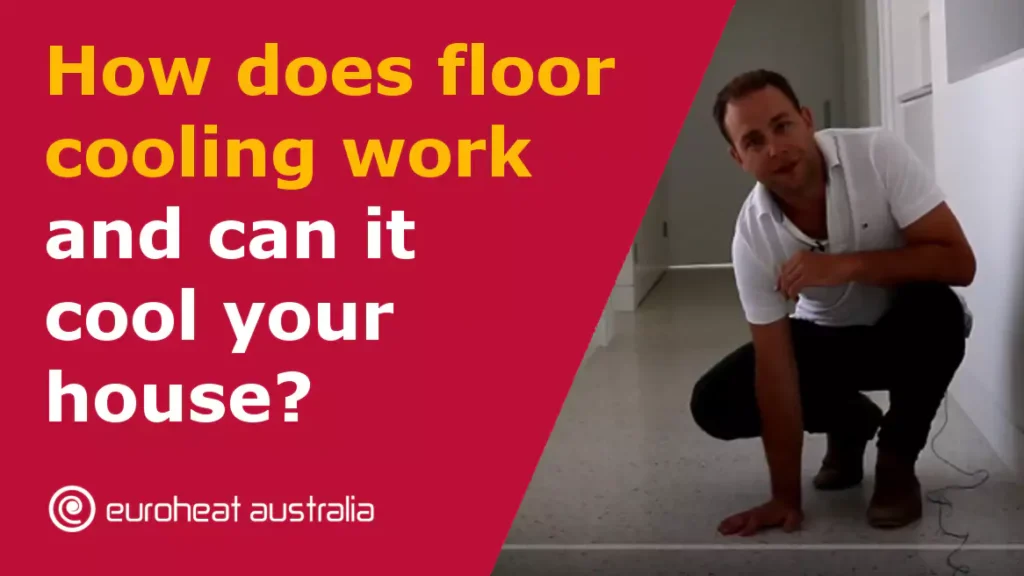Are you looking for a way to save money on your heating and cooling bills? Hydronic heating and cooling systems are an efficient, cost-effective way to do just that. In this article, we’ll explore the different types of solar collectors available for hydronic heating and cooling systems, as well as their benefits.
The first type of solar collector is a flat plate collector. These are typically installed on the roof of a building and consist of a dark absorber plate, which absorbs the sun’s energy and transfers it to a heat transfer fluid (usually water). Flat plate collectors are relatively inexpensive and relatively efficient at capturing solar energy, making them a popular choice for hydronic heating and cooling systems.
The second type of solar collector is an evacuated tube collector. These collectors consist of tubes with vacuum-sealed glass walls, which absorb the sun’s energy more efficiently than flat plate collectors. They are also more expensive but can be more effective in certain climates.
The third type of solar collector is a concentrating collector. This type uses mirrors or lenses to focus the sun’s rays onto a single point, allowing for greater efficiency than flat plate or evacuated tube collectors. Concentrating collectors are also more expensive but can be very effective in certain climates.
The benefits of using hydronic heating and cooling systems with solar collectors include lower energy costs, reduced carbon emissions, improved air quality, quieter operation, and improved comfort levels throughout your home or building. By using renewable energy sources such as the sun to provide your heat or cool air instead of relying solely on traditional fossil fuels such as natural gas or oil, you can reduce your energy costs by up to 50%. Additionally, you can reduce your carbon emissions by up to 30%.
For homeowners in Australia who are interested in installing hydronic heating and cooling systems with solar collectors, Euroheat Australia is an excellent choice. With 30 years of experience designing and constructing these systems, Euroheat Australia provides superior design services as well as construction solutions tailored to each individual customer’s needs. Additionally, they offer ongoing maintenance services so that you can rest assured that your system will always be running optimally.
In conclusion, investing in hydronic heating and cooling systems with solar collectors can save you money in both the short-term and long-term while also reducing your carbon footprint. The three main types of solar collectors available—flat plate, evacuated tube, and concentrating—each have their own advantages in different climates. And when it comes time to install one at your home or building in Australia, Euroheat Australia has all the expertise you need to get it done right!





